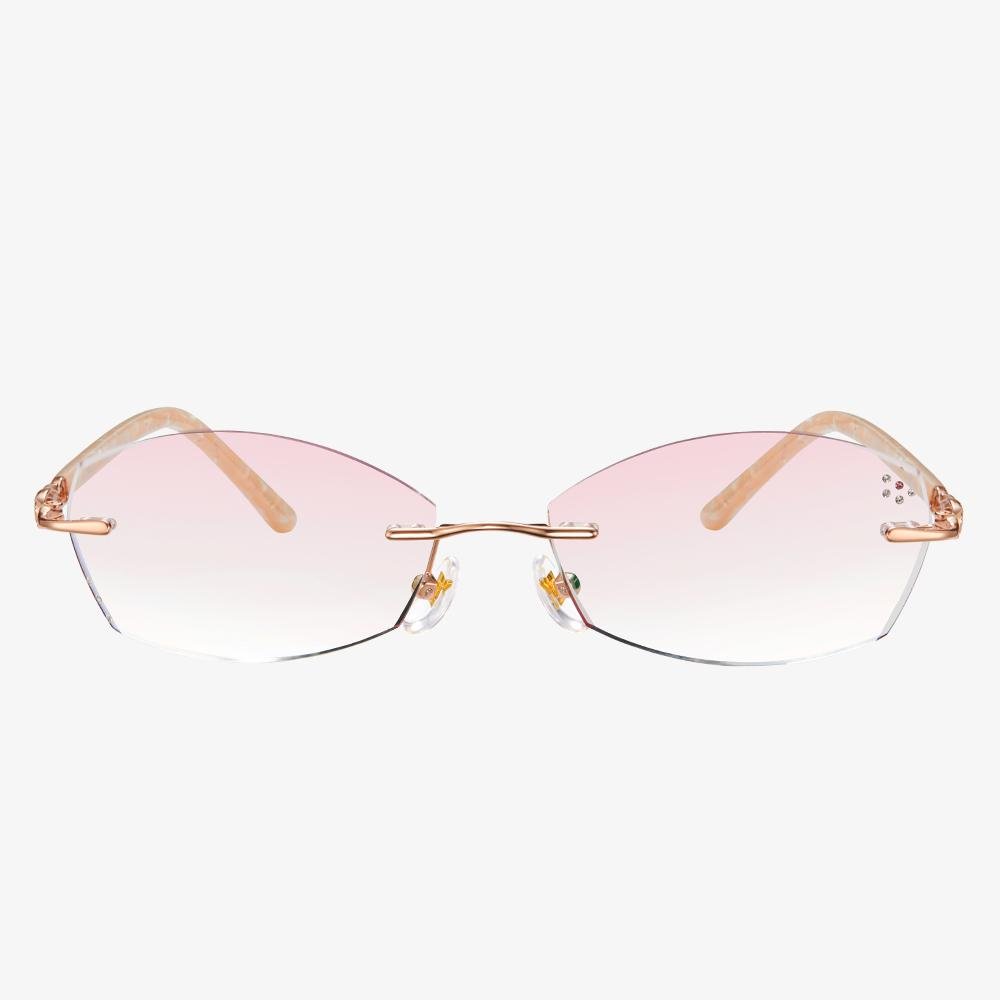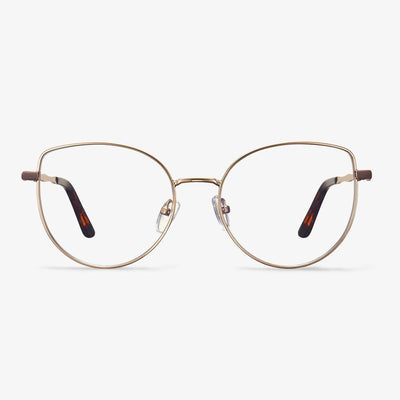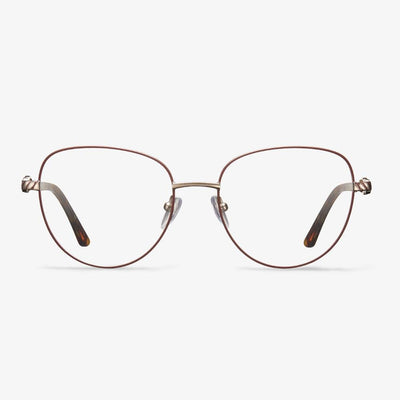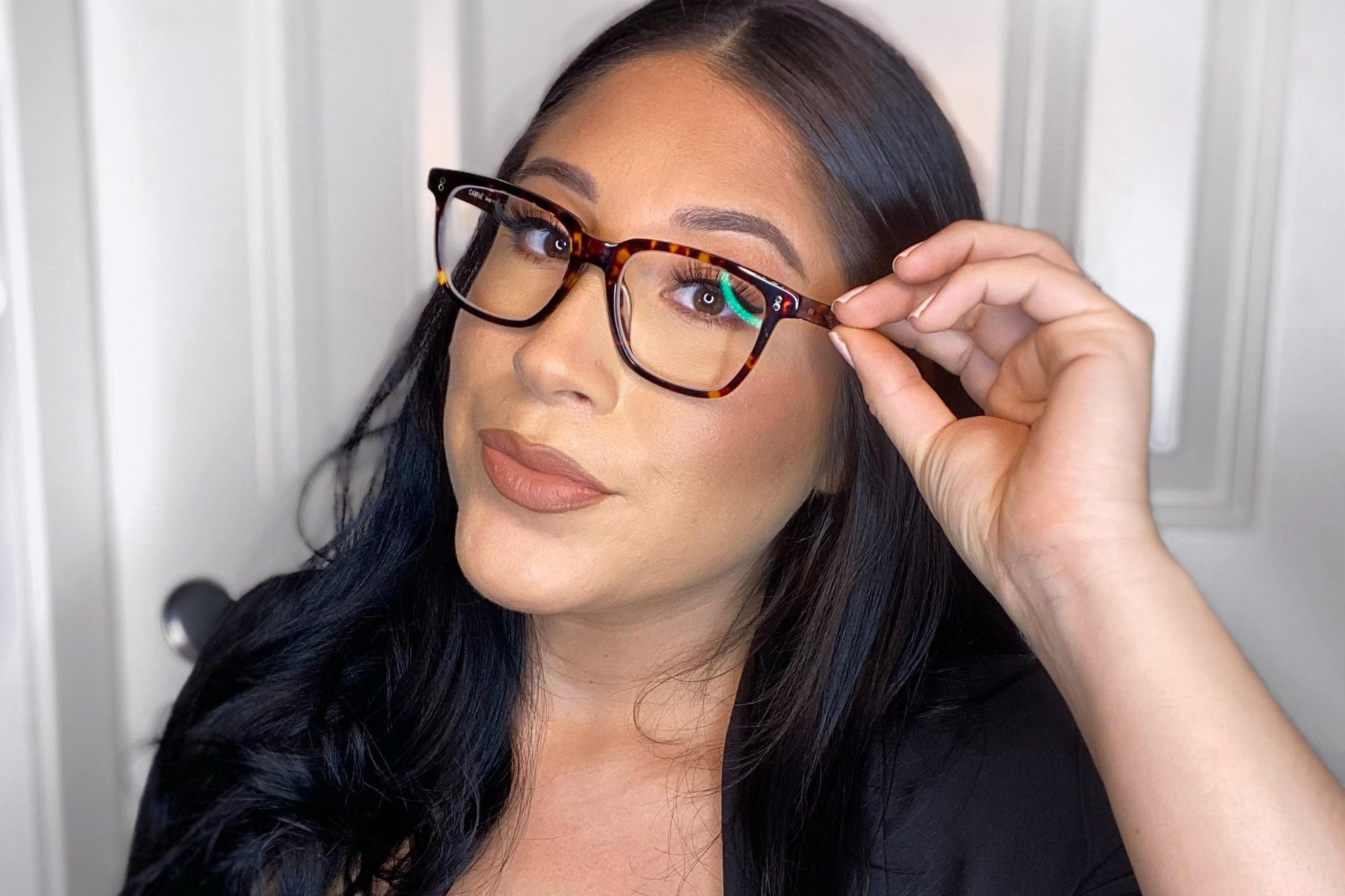Understand blue light correctly.
Blue light has been shown to affect the body's circadian rhythms, with too much exposure to it late at night from gadgets such as mobile phones disrupting a person's ability to fall asleep. Therefore, it is recommended that people limit screen time two to three hours before bedtime and set their devices to night mode to reduce glare, relieve eye fatigue and minimize blue light at night. However, as we learn more about blue light, not all of it is bad for us. Blue light has been found to play an important role in maintaining health, such as regulating the secretion of hormones in living organisms. Blue light helps prevent reduced night vision and has been shown to benefit refractive development in adolescents and minors.
What are keyhole glasses used for?
The keyhole distributes the weight of the glasses to one side of the nose rather than the top. It's a good choice for those with broad noses. Due to the lack of support at the top, the keyhole design will result in the frame being positioned lower than the saddle bridge frame. If you find that your saddle frame causes your eyes to be located just below the center of the lens area, you may try a wider frame or opt for a keyhole design.
What is the progressive multifocal lens?
The lens of progressive multifocal glasses can change the refraction of the lens at the upper part of the central channel of the line of sight, which can effectively solve the difference of refraction when people view objects at different distances from long, medium, and short distances. Depending on demand, people have the flexibility to change or compensate vision according to visual distance, making it easier to help to adjust your vision in a variety of situations.
OMBRE & TWO-TONED GLASSES
Gradient glasses and double-color glasses are popular for their visual appeal and ability to match almost anything in your wardrobe. Typically, these frames start darker at the top and then transit gently or abruptly to lighter shadows. Professional and fun all in one frame style.
How to choose the right glasses for myopia?
Nowadays, people are nearsighted, and they usually think of going with a pair of glasses. However, only from the media, we continue to see that there are substandard myopia glasses and frames in the report, so how should we choose when we buy glasses? How can I match a pair of suitable and high-quality glasses? Different glasses shops vary greatly from optics technology to the quality of lens frames, so different shops have different prices. Faced with a variety of glasses, how should we choose? Generally, we can look at these four standards. First, take a look at whether the eyewear company has obtained a production license for eyewear products. Second, see if the optometry equipment and testing instruments of the glasses companies have qualified marks. Third, see if the optometry and production staff are certified to work. Forth, look at whether the glasses have a conformity mark (certificate). The four certificates of eyewear companies are the prerequisite to ensure the quality of glasses.
Consider the elements of frame comfort.
What we need to know is that the frame exists first as a positioning device for the lens, and secondly as a beauty. The pupil is consistent with the optical center of the lens, so it should not be too high or too low. The horizontal direction is not skewed, and there is no one high and one low phenomenon. Bilateral symmetry is a standard for manufacturing enterprises. Non-mechanical symmetry is for the wearer. The frame should be adjusted according to the size of the wearer's face. The frame is not easy to slide down, and frequent slide is prone to the phenomenon that the pupil is too high and low to match the face.
The disadvantages of progressive lenses
- The field of view in the near and middle distances is relatively narrow.
- The adaptation time is longer and patients with greater astigmatism are not suitable for wearing.
- The peripheral aberration is large, and there will be large astigmatism in the periphery.











































